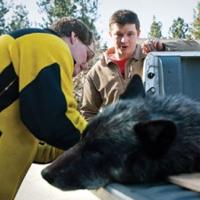fowladdict
Well-known member
- Joined
- Aug 20, 2005
- Messages
- 2,590
If you have time, dig back to 2006-2008ish and you may find some pretty good discussions here. I recall some posting old-time photos of wolves killed in the west that looked like they were the same size-wise as they are today. It was kind of a comical time. Some folks (probably not HT members) were hell bent on believing the wolves were close to #200. Once we were able to hunt/trap them, no one killed anything close to that. But those folks still argued todays wolves were much bigger, they just dropped the #200 label.Thank you for the info. I suspected older members were vaguely referring to an earlier debate on this subject.





